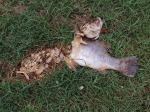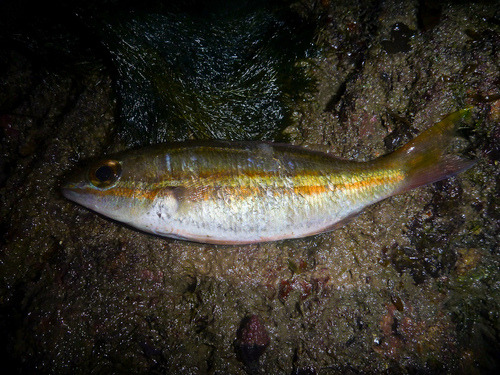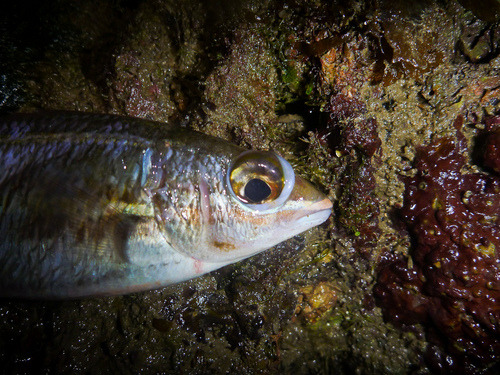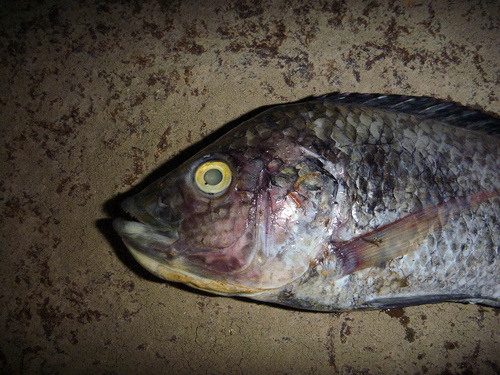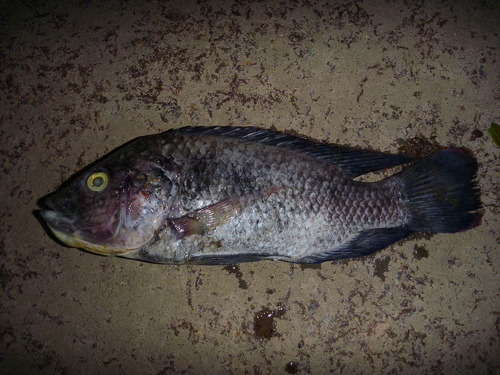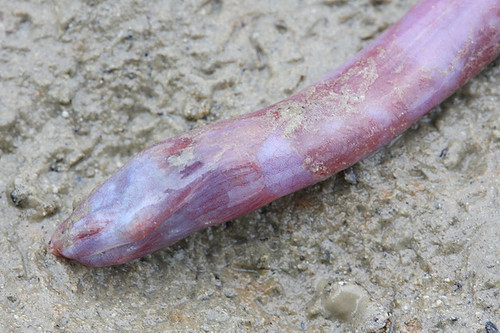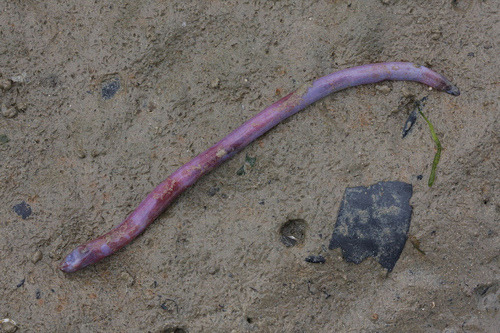
Some of the dead fish gathered from the Agusan River in Sitio Sambulawan, Barangay Agusan in Cagayan de Oro City. Local environment officials said the farms and piggeries upstream could have caused the fishkill. Photo courtesy of Edwin Dael, local chief environment officer
Philippines: Fishkill will make river in Cagayan de Oro ‘devoid of life’ for months
By Froilan Gallardo, 12th January 2014;A major fishkill has again affected the Agusan River here last Saturday which an environment official said would render the river “devoid of life” for months to come.
Edwin Dael, the city’s chief local environment officer, said the fishkill was reported by barangay officials around 2 p.m. Saturday when they noticed hundreds of dead freshwater fish floating along the river.
Dael said upon examination, they saw at least five species of freshwater fish, including the Pigok (Tapiroid Grunter) (Mesopristes cancellatus), said to be endemic only to Mindanao’s rivers.
“Dead fish were floating in the river the entire day. We even saw egg-laying mother fish,” he said.
Dael said he feared Agusan River would be “devoid of life” for months to come due to the fishkill.
The headwaters of Agusan River start on the slopes of Mt. Kitanglad along the Agusan Canyon, Barangay Dahilayan and Camp Philips of Del Monte in Manolo Fortich, Bukidnon.
Along the way, the river passes several major farms owned by big corporations and piggeries. Each one could be the cause of the fishkill, according to Dael.
“We are not going to sit down on this. We will investigate what really caused the fish kill,” He said.
Dael said he would convene the Regional Water Quality Management Council and ask village chiefs along the Agusan River to attend.
He said it would take months for Agusan River to be filled with fish again.
“We will have to wait for nature to bring back egg-laying mother fish to return and begin the cycle of life again,” Dael said.
Fishkills regularly occur in the Agusan River and environmentalists blamed factories and farm companies as culprits but not one official was charged in court by the Department of Environment and Natural Resources.
Source: MindaNews


